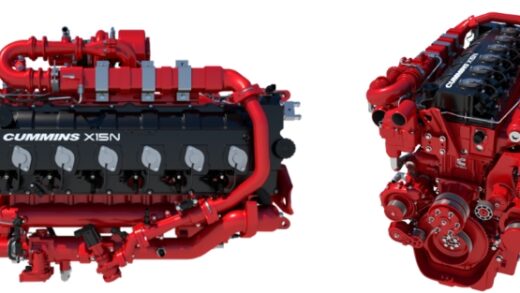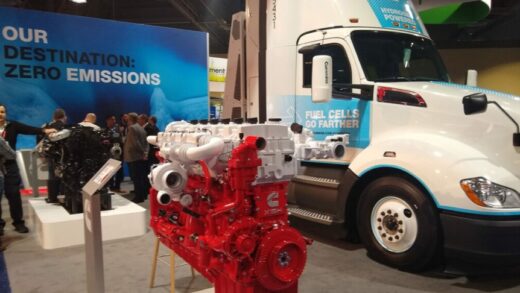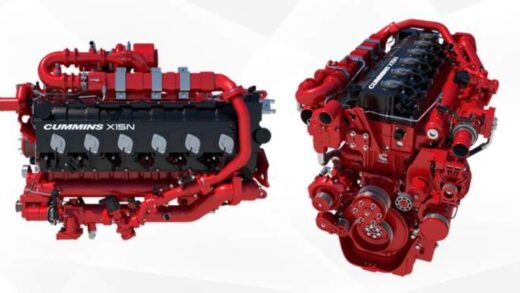Cummins believes that climate legislation is the key to Creating a low-carbon future.
Executives at Cummins Inc. say that the Climate Change Act, signed into law by President Biden on Tuesday (Aug. 16), will play an important role in the company’s path to a carbon-free economy.
The legislation establishes key incentives for both the technologies that will power the future and the infrastructure that supports them.
“We believe that the comprehensive range of energy provisions (in action) – from power generation to transportation to hydrogen production – are all important pieces of the decarbonization puzzle, and they are important to ensure that we are well. decarbonized in hard-to-fight sectors like those we serve,” Cummins President and CEO Jennifer Rumsey said at a White House roundtable earlier this month before final approval of the legislation by Congress.
“We see significant opportunities to increase U.S. manufacturing capacity and jobs in all of these different technologies that support our Destination Zero strategy to decarbonize our industry,” Ramsey said later in the forum, which also included General Motors CEO Mary Barra and U.S. Treasury Secretary Janet Yellen.
The legislation includes incentives for the development of low-carbon and carbon-free technologies, including electric batteries and fuel cells, as well as low-carbon and carbon-free fuels, such as hydrogen, that can be used in these new technologies. Hydrogen can also power traditional platforms, such as internal combustion engines, to reduce carbon emissions.
Destination Zero , Cummins’ decarbonization strategy, calls for the development and promotion of low-carbon and carbon-free platforms for those customers who are ready for them, and also works to reduce carbon emissions from the company’s more traditional products.
Cummins has brought to market battery and fuel cell electric platforms, as well as the electrolyzers needed to produce low-carbon and green hydrogen. Green hydrogen is produced when the electrolysis of water to separate hydrogen and oxygen is done using renewable energy sources.
The company is also bringing fuel-independent internal combustion engines to market, offering a common architecture that can be optimized for a variety of low-carbon fuels.
Cummins has committed to taking a leadership role in addressing global climate issues. PLANET 2050, the company’s environmental sustainability strategy, includes goals, timed to 2030, to reduce carbon emissions from the company’s plants and facilities in addition to its products.
Cummins executives are ready to continue the company’s efforts to reduce carbon emissions under the provisions of the new legislation.
“We’re excited about the opportunity to bring some of these technologies here in the United States, export these technologies around the world (and) improve America’s competitiveness,” Ramsey told the president at the forum. “…We see the Inflation Reduction Act as a key element in accelerating our path and really moving our applications to future technologies like batteries (and) fuel cells, electricity and green hydrogen.”
“Well, I think you can do it, I really can do it,” the president responded, “and I hope it (the Lower Inflation Act) is as useful as we think it is because you’ve always been at the forefront before. “





